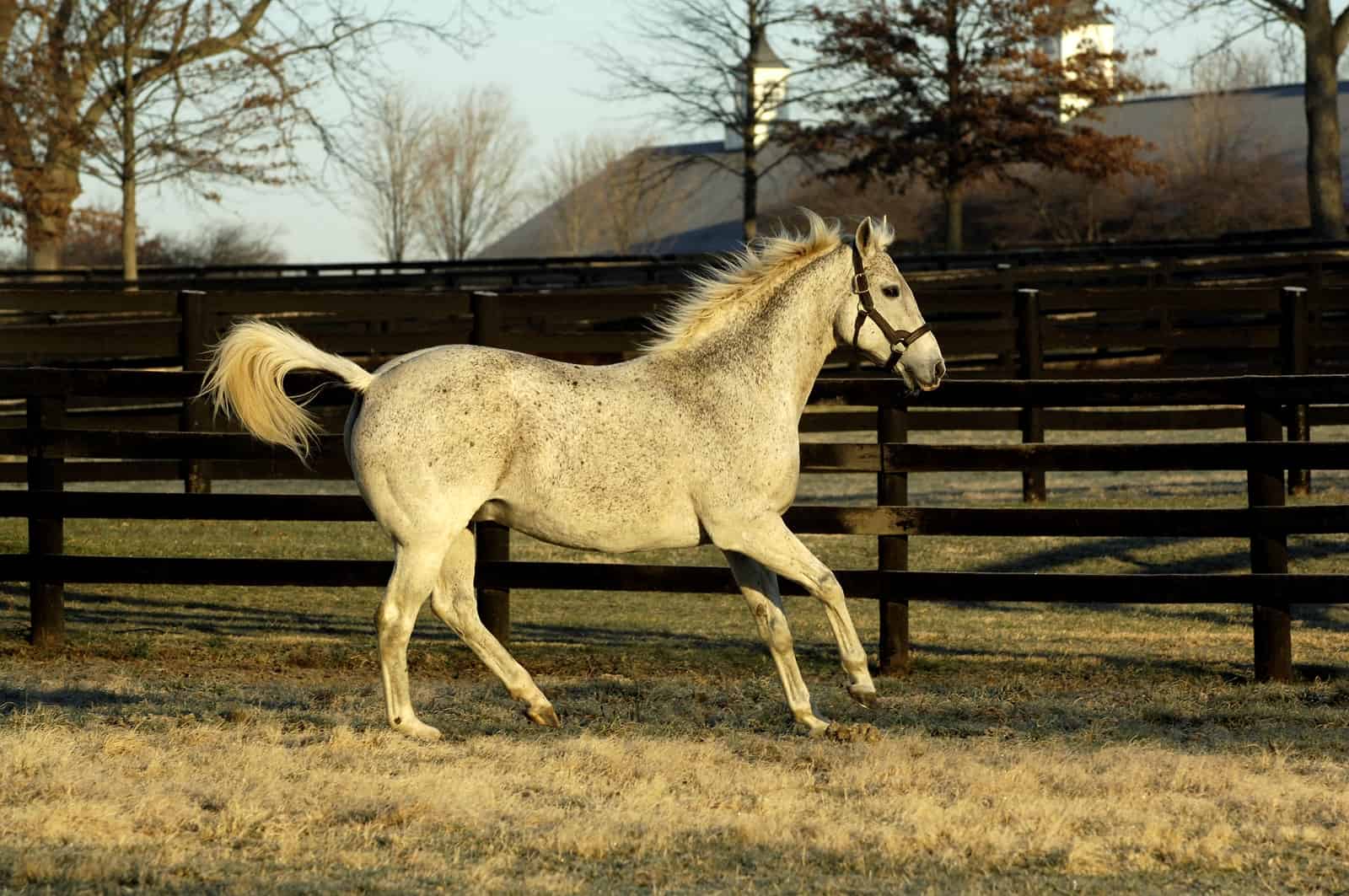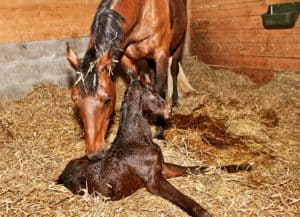Sterilizing Stallions Temporarily: Deslorelin Misses the Mark

Sterilizing stallions temporarily can help with feral population control, equine venereal disease management, and behavior issues. But it’s risky business, because sometimes the sterilization becomes permanent. Some researchers have worked to find ways to reverse immunocastration in stallions that received anti-GnRH injections and didn’t become fertile again naturally. But a group in Austria has been focused on a very different approach: GnRH receptor downregulation.
“If GnRH receptor downregulation would work, it would be a great alternative to GnRH immunocastration because of the better reversibility,” said Christine Aurich, DVM, PhD, head of the Graf Lehndorff Institute, in Neustadt, Germany, and professor of artificial insemination and embryo transfer in the Vetmeduni veterinary school Department for Small Animals and Horses, in Vienna, Austria.
Both methods modify the body’s use of GnRH—gonadotropin releasing hormone. The brain’s hypothalamus releases GnRH into the body, which signals the reproductive organs to function; this causes mares to cycle and stallions to produce sperm
Create a free account with TheHorse.com to view this content.
TheHorse.com is home to thousands of free articles about horse health care. In order to access some of our exclusive free content, you must be signed into TheHorse.com.
Start your free account today!
Already have an account?
and continue reading.

Written by:
Christa Lesté-Lasserre, MA
Related Articles
Stay on top of the most recent Horse Health news with















